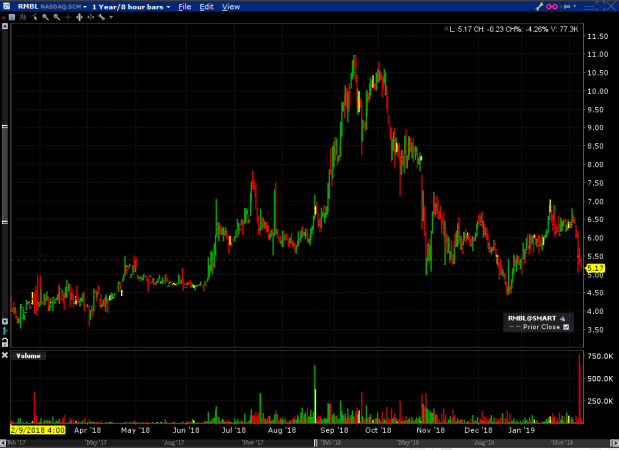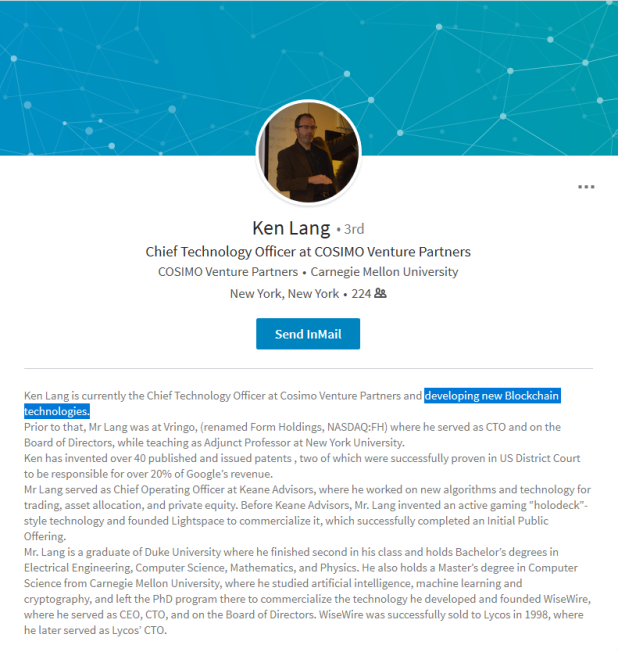It’s been 1 year since Oscar died, and I’ve been reluctant to write an obituary for him because I didn’t think I could put into words how truly special he was. Still, the dude deserves to be immortalized on the bits and bytes of this former C-list blog, especially since these pages were once a chronicle of his antics and growth.
I have, in my head, a vivid recollection of many important Oscar Events. I remember the West Village pet store where my wife was first inspired by That Doggie In the Window: he turned out to be Wickett, who was later purchased by a local woman and would eventually be karmically reunited with Oscar as a part of the cutest dog walking pack ever. I, however, refused to buy a dog from a pet store, and started the hunt for a local Brussels Griffon breeder – no easy task in late 2005. We went up to Newburgh, NY, an hour north of the city, to view her new litter of pups – our first time having the experience of interacting with a new litter.

Not-yet-Oscar chose us: while some of the rascals ran around and yipped, he came right over and tried to climb up my wife’s hair. Not-yet-Oscar was a people dog, as was evident from the start. “Oscar.” My wife quickly pronounced. She had the name in mind already, and he fit like a glove. But Oscar wasn’t ready to come home with us – he was only 6 weeks old I think – so we’d have to wait for another month before we could abscond with the precious little nugget. In the meantime, the breeder would send us pictures, and patiently answer our crazy soon-to-be-first-time-puppy-parents questions.
I vividly remember the first night we brought Oscar home. He cried, which made my always-compassionate wife cry: “we ripped him away from his whole family!” We had a master plan to definitely NOT let Oscar sleep in the bed – a master plan which lasted precisely one night. My wife actually slept on the floor with him in a sleeping bag on the second night, since I wouldn’t let the not-yet-housetrained pee machine in the bed yet. By night 3 he’d already won my heart, and instantly showed his talent as a natural cuddler.
We’d carry Oscar to puppy training classes through the streets of the West Village in a Baby Bjorn – like a real baby, only cuter – stopping sidewalk traffic along the way. At barely 6 months old, he was already showing signs of genius, wowing all visitors with his “tissue trick” which my wife had taught him. He was our baby, and adorned our holiday cards.
At 9 months old we were at some outdoor fair where they were doing the Canine Good Citizen test, which Oscar aced. The evaluator told us that she’d never seen such a calm puppy, and mentioned Therapy Dog work for us. When Oscar reached his first birthday, qualifying for Therapy Dog certification, we quickly got him evaluated, and were proud as can be when he passed the test (which included such challenges as walking past a discarded bacon egg and cheese sandwich without stopping to grab it – he passed that portion but it almost trapped me…)

We began weekly visits at St. Vincent’s Hospital, where we’d take Oscar to visit patients in the hospital. I’ve written more than a dozen posts about the gift that Oscar was on his therapy dog travels, and I’d encourage you to read them, and to pursue such volunteer activities with your own pooch.
When we walked around the West Village, where we lived, Oscar had a map in his head at all times of the nearest place to get dog treats, and he’d zero in on the nearest one like a honing beacon as we moved around. Oscar used to rule the Washington Square Park dog run with his relentless energy and good humor:
On a trip to my wife’s parents’ house, Oscar nearly started a stampede by jumping through a barbed wire fence and chasing a herd of cattle through the mud, returning with a proud smile. Upon our return to NYC, my wife demanded that I look up farms in New Jersey who had sheep they used for shepherd trainig for Oscar to “chase.” I actually called one of these farms to ask, “Um, hi, I don’t have a shepherd, I have a Brussels Griffon who just wants to come chase your sheep… hello? hello?”
As we spent more time with him, Oscar cared less about crushing it with other dogs at the dog park, and became even more of a people-dog. We knew if he ever strayed from our side, there was something wrong. One time, at a visit to my dad’s house, Oscar retreated to the other room. An immediate trip to the emergency vet confirmed he had an ear infection and needed meds.
Eventually, my wife and I both quit our jobs – decisions in which wanting to spend more time with Oscar played no small part – and we bought him a house in the country up here in New Hampshire.
Here’s the thing about this special little dog: he was the best of both worlds. Oscar was a lap dog of the highest order, but also a durable outdoor companion. We have a bench seating nook in our kitchen, and Oscar would never sit up there by himself, but anytime ANY person came over to visit and sat down in that nook, Oscar would hop up and climb right into their lap. Brussels Griffons are known as “velcro dogs” who often choose one person as their own, but Oscar was versatile: if you had a lap, he’d make it his own.
Make no mistake, though, this wasn’t some fragile little pocketbook dog: Oscar was capable of hiking any trail I could tackle, and took his job of defending our homestead seriously. Often times on a hike with Oscar, I’d turn around to see if he’d managed to scale the rocks I’d just hopped over, and I couldn’t find him in my sight-line because he was at my heel already. At home, if anyone was within eyesight of our yard or window, Oscar would alert us with a Chewbacca growl, and then, if the interloper continued to approach, more urgent barks.
Therapy Dog, Master Cuddler, Able Outdoor Companion, Oscar would add “Foster Brother” to his resume shortly after our move to NH when we fostered and then adopted Mr. Griffey after Oscar welcomed him with open paws.
Oscar was everything to us. We didn’t want to go away because we didn’t want to leave him. We’d rush home from dinner because we didn’t want him to have to be without us. We anthropomorphized relentlessly and obsessively, always trying to make sure we didn’t have to be away from the little dude.
Everyone thinks their dog is The Best Dog, but man, Oscar was special. He’d look at you with those big, brown, human eyes, and stare right into your soul.
We’d hoped that since he lived The Best Life, we might get more time with Oscar than the 12 magical years he gave us. Losing him was, without a doubt, the hardest thing my wife and I have gone through in our lives. I think I cried once in my adult life before Oscar died, but whooooo baby, that changed when I lost him.
Today, 364 days later, the pain hasn’t gone away. We miss him every day, and would do anything to get him back.
I love you buddy. So much. So much. We think about you every single day.
Goodnight, sweet prince.

























